Hi, I am Sandra Lacruz, a Geography and History teacher at Institut de Gurb (Barcelona). From the 29th of January to the 2nd of February 2024 I visited two different schools in Belgium with another History teacher from another school (Institut El Vern, Lliçà d’Amunt).
This visit was for an Erasmus+ project based on CLIL methodology to learn how this technique is used in other countries and to improve it in our school.
The Belgian educational system
In Belgium, education is compulsory from 5 until 18.
- 2.5-6 years old: pre-school education is optional and free. Before 2 years and six months you need a vocational educator (from vocational secondary education).
- 6-12 years old: primary school. There is a national exam when they finish. Depending on their marks, they have access to different types of studies and schools.
- 12-18 years old: it is divided into 3 cycles. The first cycle creates a general basis, while the 2nd and 3rd ones increase in specificity. There are 4 different schools:
- General Secondary Education (ASO): preparing for higher education.
- Technical Secondary Education (TSO): theoretical and practical education.
- Art Secondary Education (KSO): active art practice.
- Vocational Secondary Education (BSO): more practical education. These students are not qualified for higher education.
If you want to be a teacher of the 1st and 2nd cycles (1 to 4 levels), you have to study a triple speciality. You may choose a main subject and the other two as secondaries for two years. Usually, English is the main subject to most of them. The third year is focused on teacher training. At the end, you become a Bachelor.
If you want to be a teacher of the 3rd cycle (5 and 6 levels), the structure is the same, but you must specialize in one subject. And at the end, you become a Master.
About the schools
Maerlant Atheneum in Blankenberge
This school is one of the twoo schools in Blankenberge, but the other is religious. It covers all the educational range from preschool to the 6th grade of secondary education, although they are divided in different buildings. The preschool is a small green building with a huge playground, all made with wood and when the day is not rainy, they often walk outside. The primary school is traditional (we didn’t visit it). The secondary school is in an old building (at the beginning it was a school for teachers, where they could live there) and you can notice it all the time. They separate the 1st circle to the 2nd and the 3th, they don’t share the same classes and spaces because they believe the 1st graders are younger to spend time with the oldest. They also have two different principals (1st cycle and 2nd-3th). They also have ASO, TSO (cares, electronics and mechanics) and BSO groups.
In our visit, we only observed the 1st grade, but we had lunch in the Technical section about cares.
Einstein Tienerschool in De Haan
This is the only school in De Haan. It is a small school with only one group of students for level. They have from preschool to 1st grade of secondary education. The place has large and open spaces that they use like classrooms too. The students spend time together in the playground and you can see the oldest taking care of the youngsters. The secondary school is ASO, but focussed on water sports, very important in this region because they are one of the most famous Belgium tourist destination on the coastline.
Diary of visits
Monday, 29th January
We started the day with a brief meeting with Tom Daneels, the teacher who makes possible the Job Shadowing. He shows us his classroom. Every teacher has their own and they personalized it as appropiate. He has atlas (books), mineral stones, maps… as a Geography teacher, but the English teacher has flags, dresses, pictures, photographs and literary books… And every teacher confronts the diversity in their own way, some of them have fish tanks, others elastics bands and Tom has some upper tables.Usually, these tables are chosen by active students, which helps them to concentrate. The other desks are oriented toward the whiteboard in a semicircle.
The 1st and 2nd levels are a transition between primary school and the High school (2nd and 3th grade), they are not allowed to use the cellphones during the school day and the teachers come to pick them at the play time and the starting day. All the students have chromebooks, all the same with identical covers.
The first year is general, where all the students come together, but in the second year they may choose between the Dutch and the CLIL pathway. Most of them choose the CLIL itinerary because they live in a touristic region and they must need English in the future. They also started to try their itineraries. The most popular is sports, scientific is the second and, at last, the linguistic.
The students don’t call them by his name or surname, rather they refer to him as Menir (mister/sir).
8:30. Geography. 2nd level. Dutch itinerary.
He picks the students at the playground. All are in queue for group-classes. He starts the class to remember the last lesson and that, exceptionally, he will explain it in English. After that, he explains the subject of this lesson (Blue banana, area of old industries and their reconversion into new industries). He presents the Ruhr area and they can find this region in the atlas. He combines theoretical parts with activities, directly related to the theory. There are only seven students and he needs to help them a lot because they usually don’t take Geography lessons in English.
9:20. Geography. 1st level.
It is a big group, because they take the general year, without optional subjects and itineraries. The lesson is about Population and it is explained between the projector and photocopies. He explains every question, the students ask the answers orally, and Tom writes the sentence correctly on the touch screen. Also they do a Kahoot (on their chromebooks) to introduce the new part of the lesson. The questions are also in their photocopies. He doesn’t use scaffolding in the strict sense, but helps them in their oral expositions and when they need to write something.
10:30. Geography. 1st level.
It is the same lesson as last time, but they have inquisitiveness and the teacher helps them to answer the questions. Also they need more help to understand the theory and the teacher tries practical and visual techniques to teach them the subject.
Tuesday, 30th January
Today the activities began with a continuation of yesterday’s third class session. Following that, there was an hour dedicated to organization and information transfer, during which I completed the general data of the visited center. The subsequent hour was designated for revisiting the lesson, but we opted to remain and fill out necessary documentation, allowing us to observe the afternoon classes, which differed from those in the morning. Notably, one group focused on studying geography in English, while another concentrated on professional subjects.
After a midday break, I took the opportunity to inquire with Physical education and English teachers.
In terms of physical education, it was noted that all students are required to have at least two hours per week. Starting from the second year, students begin to have some choice in their studies, potentially allowing for additional hours of physical education. Remarkably, by the fifth and sixth grades, students may have up to 12 hours of physical education.
Regarding the English curriculum, there’s a strong emphasis on oral proficiency, as it’s believed to be crucial for overall language acquisition. Additionally, grammar is taught through comprehensive explanations of concepts and their practical applications.
9:20. Geography. 1st level.
Continuation of yesterday’s class with the third group. They talk about the coast, about why its area and the main city (Bruges) are known. Then they do a word search (chromebook) about these items. Afterwards, they work on different coastal areas and have to search for different areas in the atlas (on paper) and classify them (on the chromebook – class in the classroom and xerte platform). They have many doubts, but generally raise their hands and wait for their turn. They also help each other.
They also talk about the coastal tram, the record for the longest tram route in the world, 65 km and 2 h trip. Many tourists take it because they can see all the towns.
They also talk about festivals and open art galleries around the area. In this area, the most important are the sports, especially water sports. Most students want to dedicate themselves to this when they grow up.
Lastly, they talk about nature, as there are many protected natural spaces, especially in the dune areas.
The teacher maintains order in the classroom by establishing clear expectations for behavior and using strategies like waiting for silence or calling attention to disruptive behavior. This ensures a conducive learning environment where students can actively participate and support each other in their learning journey.
15:00. Human biology. 1st Professional.
It is a different lesson. This group is following the professional itinerary (did not pass primary school). They watch a video that explains the Marathon Des Sables. To understand the consequences of certain conditions (extreme sports) on the human body, in this case, on the feet. They do a Kahoot to see if they have understood the video.
15:50. Geography. 2nd level. CLIL itinerary.
Group that chose to do part of the itinerary in English. They have the document photocopied, follow the syllabus on the screen or with photocopies. After introducing the topic, students read aloud from a text, followed by a group discussion to clarify any doubts. A subsequent activity involved creating and correcting graphs based on personal experiences, such as transportation methods used to arrive at the institute. Following this, the class compiled a list of the most commonly used forms of transportation in the industry, likely as part of a broader discussion on transportation systems and their significance in various sectors.
Wednesday, 31st January
Today is a cultural day. The itinerary includes:
Visit to Bruges: Bruges is a historic city in Belgium known for its well-preserved medieval architecture and charming canals. We explored the city, visiting landmarks such as the Belfry of Bruges or the Basilica of the Holy Blood.
After the visit to Bruges, we moved to Ostend, a coastal city in Belgium, to have lunch and visit some murals of The Crystal Ship: The Crystal Ship is an art festival held in Ostend, where artists from around the world create large-scale murals and installations. In the afternoon, we watched a movie at the FFO 24 in the cultural center ‘De Grote Post’: FFO 24 stands for Ostend Film Festival, and ‘De Grote Post’ is a cultural center in Ostend. We watched a movie titled “Radical” as part of the festival program. Later, we had dinner at the same cultural center.
Overall, the day was filled with cultural exploration, from historical sightseeing in Bruges to contemporary art appreciation in Ostend, topped off with cinematic experiences.
Thursday, 1st February
We started with a presentation and visited the De Haan center. The center is called the Einstein campus because Einstein lived in this town for a few years. It’s a small center, similar to a “institut-escola”. They offer education from kindergarten to the first cycle of secondary education, but only in the academic track. This results in very small groups of 8 to 10 students per level in secondary education. After they finish, they usually go to Blankenberge, as most students follow the academic sports track. During break time, the whole school gathers together, so younger students share spaces and even games with the older ones.
Tom presents us with the Erasmus+ project that he’s coordinating with Barcelona (Nou Barris) and invites us to join.
Regarding the schedule, they have morning and afternoon sessions, starting at 8:00 or 8:30 and ending at 16:00 or 16:20. They have a one-hour lunch break at 12:00, where almost everyone eats at the school. They have a canteen where they can eat pre-cooked meals or they can bring their own food. Most students have sandwiches, ensuring that they like it and eat quickly. At this center, the last hour (the 8th) is usually optional and consists of study time, where those who need it can stay and do homework or study. Usually, with one hour, they have time to finish all the pending work.
There has been an issue with social media, and the director has gone to speak with all the secondary groups.
10:40. English. 1st level.
They have 2 hours of English. The teacher explains that in England, the most popular sport is dance, and encourages them to dance. They practice two types of dance.
Then, they do exercises on photocopies, which help them practice. They can do this in class or in the open space, working individually or in pairs. If they don’t know something, they can look it up in the dictionary or on the Chromebook, but they must try on their own first.
Despite working independently, there is a lot of silence and concentration. Everyone does their work. Tom walks around to check a bit, but it’s not really necessary.
After 20 minutes, they correct the first activity (differences between ride -1 or 2 wheels- to drive -3 or more wheels-).
Then, they play a game to practice the present continuous, a jeopardy, where they divide into two teams, choose a name, and play. They continue with the crossword puzzles (the second activity) for 20 minutes.As there isn’t much time left, they do the next activity together (their favorite sports), and, after that, they watch a video about how popular dance is in England. Then they start the final activities, a completion activity and a composition. Even though they don’t finish them in class, they will correct them tomorrow.
13:15. English. 2nd level.
The lesson begins with a question about what the students know about Ireland. After introducing the topic, the teacher assigns the activities for the class. First, they read a text about Ireland and then answer some questions (reading comprehension). Next, they listen to an audio and answer some questions.
The class is interrupted due to a problem with social media networks, and they are unable to proceed with the planned program.
With little time remaining, the teacher switches activities and discusses some blogs that the students had to write for a trip to Barcelona. They take advantage of our visit to ask us questions about Barcelona and our customs, especially regarding mealtime.
Friday, 2nd February
Today, we had the opportunity to observe the implementation of Content and Language Integrated Learning (CLIL) at this center and compare it to the other school. Despite using the same platform, there were noticeable differences in methodology. Here, students were afforded more autonomy during activities, contrasting with the need for a faster rate to engage large groups at the other center.
Additionally, we witnessed the teaching approach to history. The subject material is meticulously organized on an online platform called Lernova. From there, students are introduced to the day’s topic and given time to independently engage with the content. This includes reading theory, watching instructional videos, completing comprehension exercises, and fostering connections between concepts. Should students encounter difficulties, supplementary videos are provided to aid comprehension. This self-directed learning can take place either within the classroom or in designated open spaces. Furthermore, students have the flexibility to attend other classes if they’re unoccupied. It’s noteworthy that class sizes are kept small, with a ratio of 8-10 students per classroom.
10:40. Geography. CLIL. 2nd level.
All the students (1st and 2nd level) have to learn Geography in English (CLIL). The students sit in the same place as the day before.
They start by asking what they dislike about tourism/tourists, as they live in a tourist area. They analyze the difference between leisure and tourism.They ask how many people they think live directly or indirectly from tourism (50% of the people who live in De Haan). Then they analyze the different types of tourism.
After that, they grab the Chromebooks and have to search the internet for flights from Brussels to somewhere in the world. They have questions about what a direct flight means, differences between economy class and others… They also have to search for a hotel.
Then they have to go to the CLIL classroom to do different activities, which are briefly explained to them. Some involve reading, word searches, watching videos, and answering questions about them…
The teacher allows them to move around the space, but only if there are no more than two per table. For the videos, they have to use headphones.
The teacher speaks to them in English, but if they need an explanation or clarification, or if they have a question in Dutch, he does so and then returns to English.
As the teacher prefers to organize his two-hour sessions his own way, and since they haven’t finished the CLIL activities, he prefers to give them time to finish them. If they have time left over, then they start English.
13:15. History. 2nd level.
The lesson is about the Romans: Romulus and Remus, conducted in Flemish. The lesson included an introduction to Roman civilization, followed by activities on Lernova, which involved reading theoretical material and historical background, along with related activities. The teacher emphasized essential knowledge and provided various engaging activities tailored for the lesson segment, allowing for dedicated time for independent work. Finally, the lesson concluded with students being presented with a video and a Kahoot quiz on the topic, and incomplete work was assigned as homework.
14:05. History. 1st level.
This 1st level lesson explained the transition of the first civilizations, focusing on the importance of rivers and the transformation from early hunter-gatherer societies to organized agricultural societies. The teacher introduces the topic and allows students to work through the activities at their own pace.
Conclusions
Overall, the observations highlight a diverse range of learning activities and teaching approaches within the educational context. From interactive Kahoot quizzes to hands-on graphing exercises, students engage with the material in different ways, catering to diverse learning styles and preferences. Additionally, the emphasis on practical skills development, such as oral proficiency in English and critical thinking in analyzing data, underscores the holistic approach to education evident in the classroom.
Another interesting aspect is the Belgian educational system, where each year it is assessed whether students have achieved the objectives of the course. If not, they have the option to repeat or change programs, as there are four options: general, professional, artistic, and technical.
Also, each teacher has their own classroom, which allows them to adapt it to their needs and have the materials they deem necessary at hand. It’s interesting to observe how the different visited centers have adapted classes to meet the needs of students with physical diversity, such as high tables, fish tanks, and bike chairs, because studies show that this helps students relax. In addition, resources such as computer programs that read written content for dyslexic students are offered, facilitating their understanding, and calculators are used more by students with dyscalculia. However, these measures are applied as universal measures, without the need for an Individualized Plan (IP).
It would be positive to take into account the physical needs of students and offer them different options to manage themselves independently, such as high tables, alternative chairs, or elastic cords under the tables.
From time to time, I could implement more active classes with shorter activities instead of long projects. I would also like to explore and better apply the web resources used by the visited teacher in my classes.
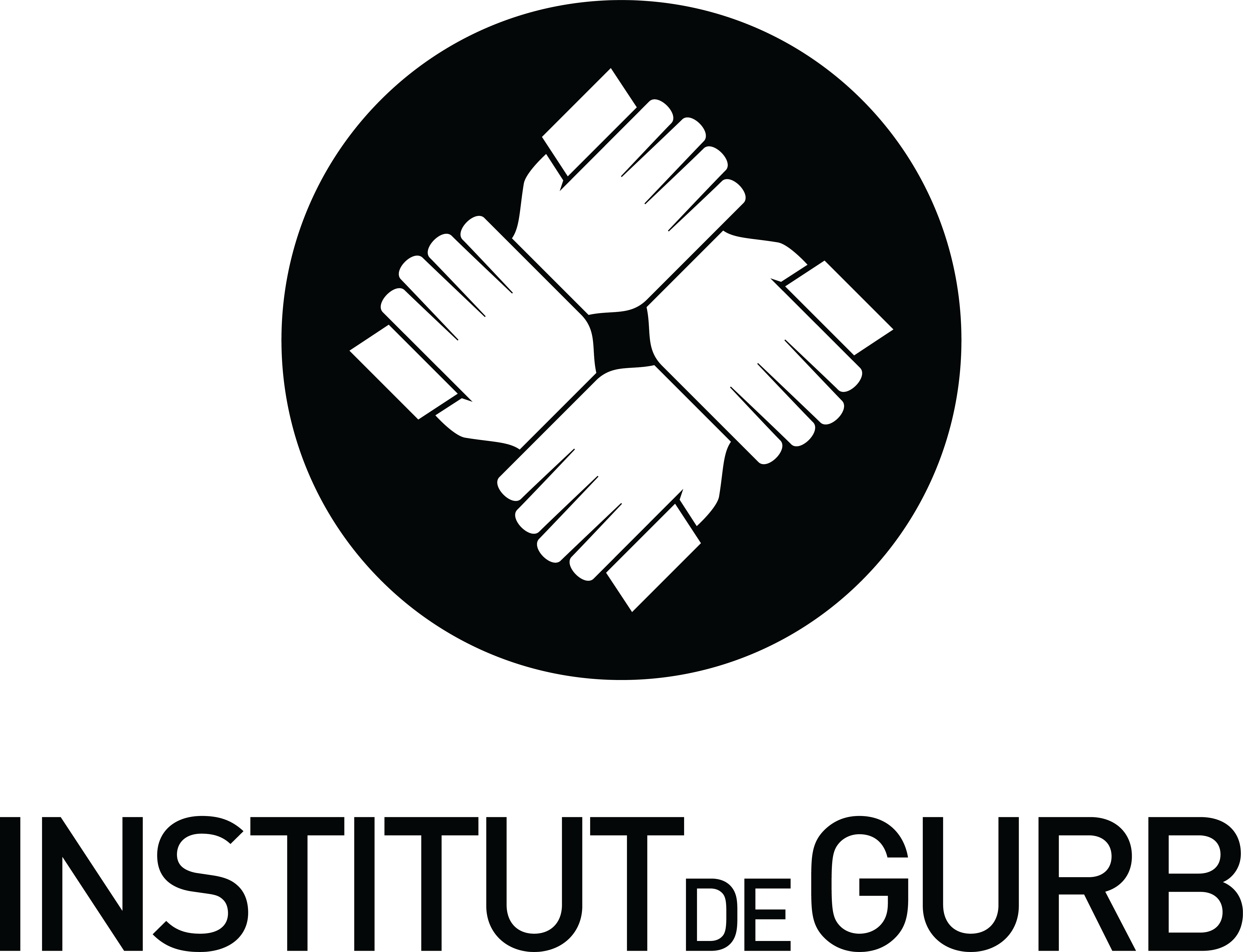
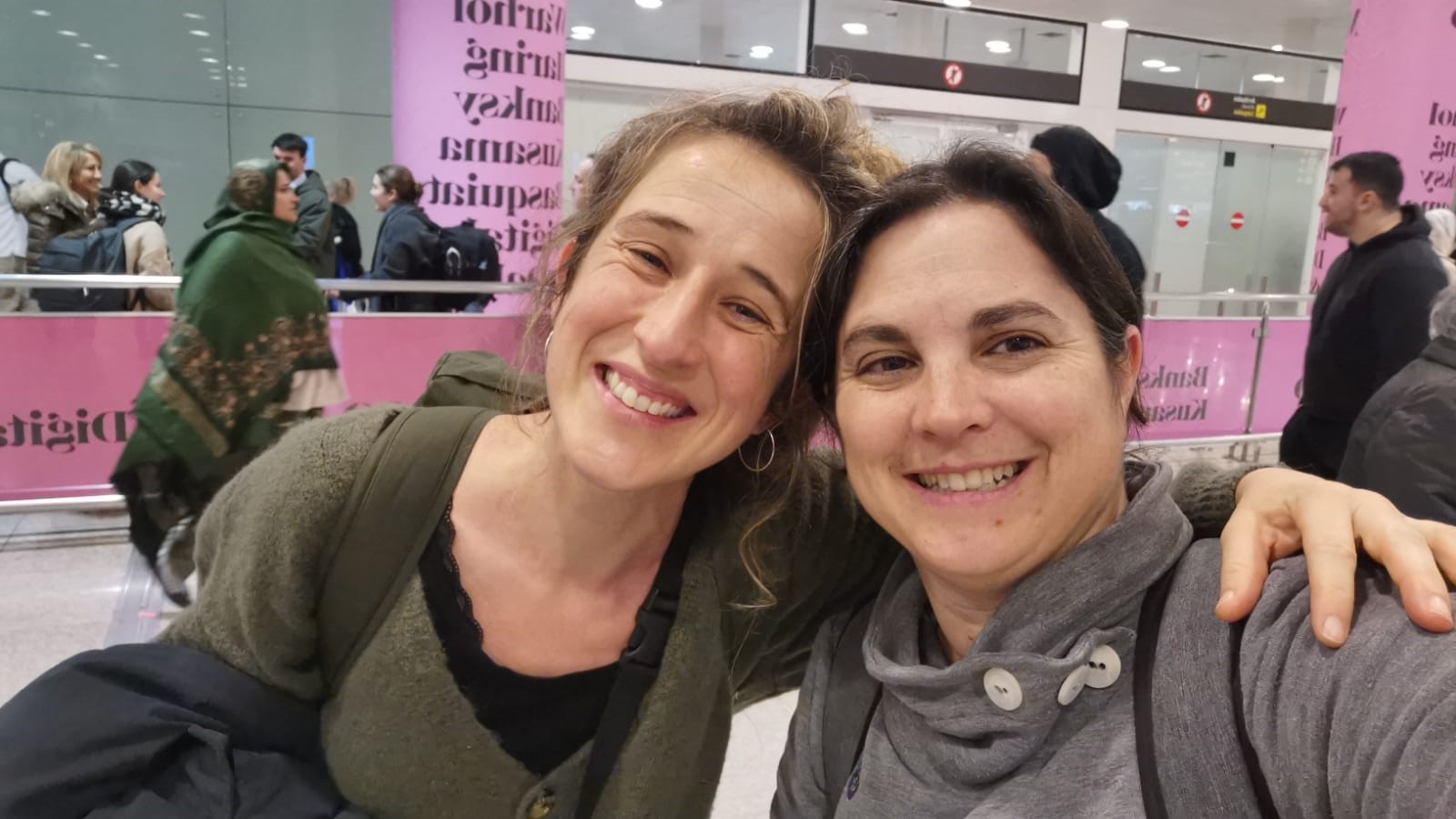
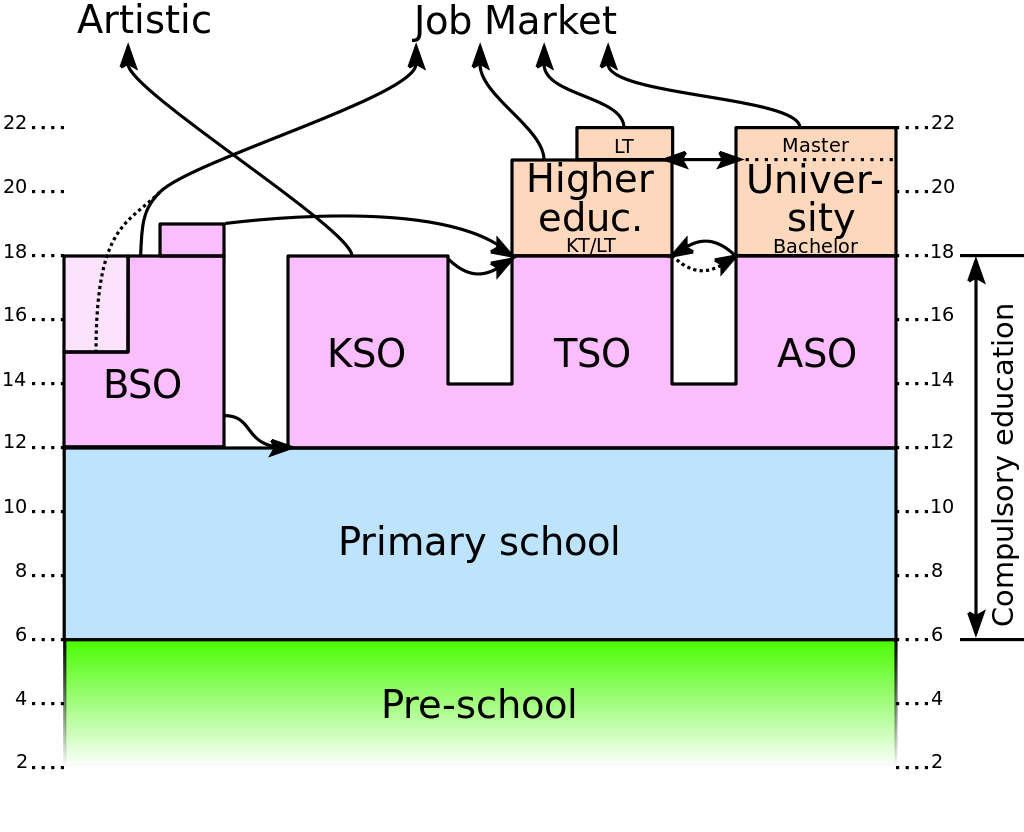
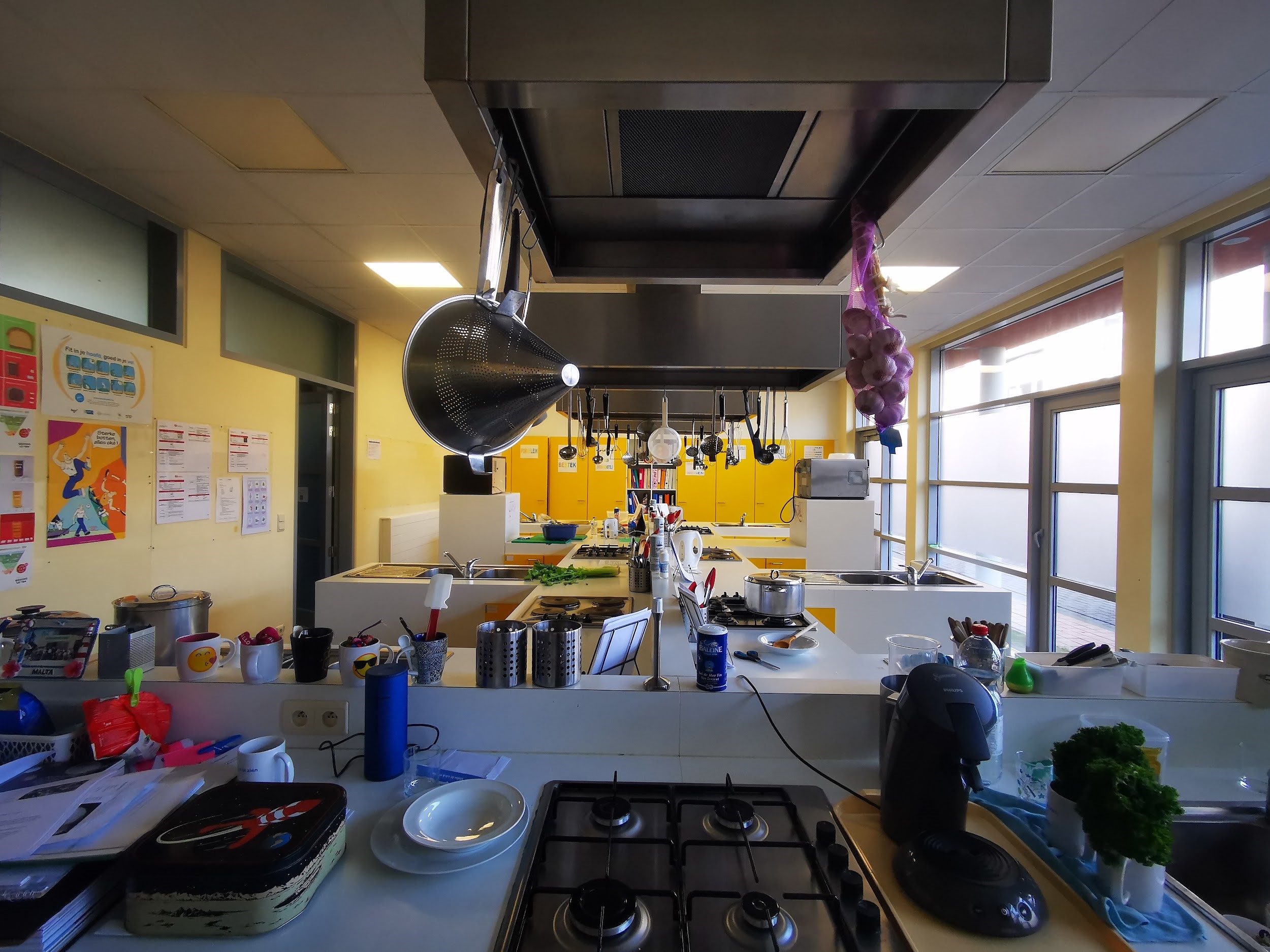

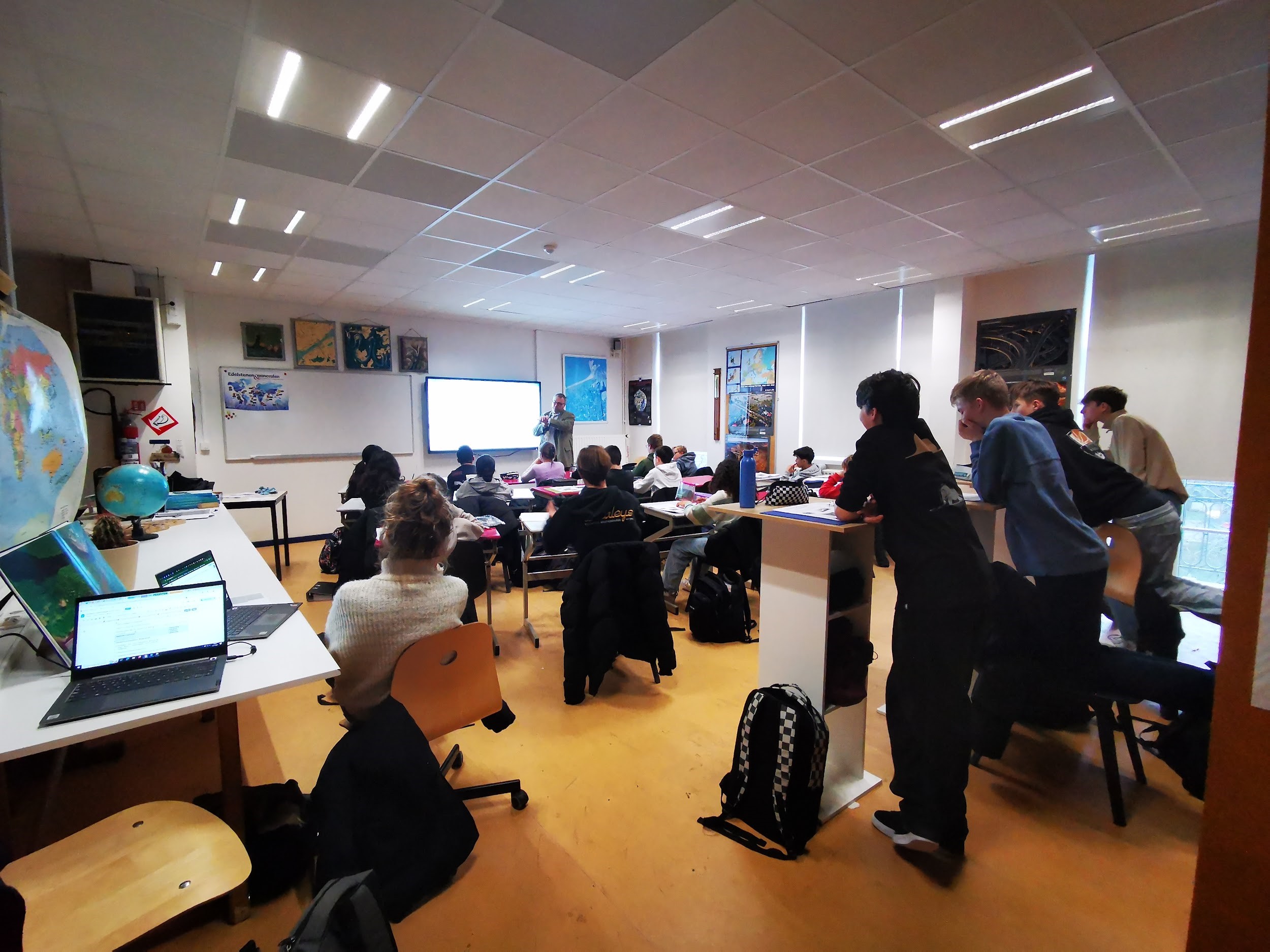
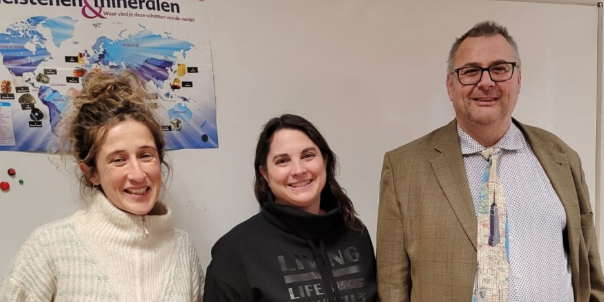
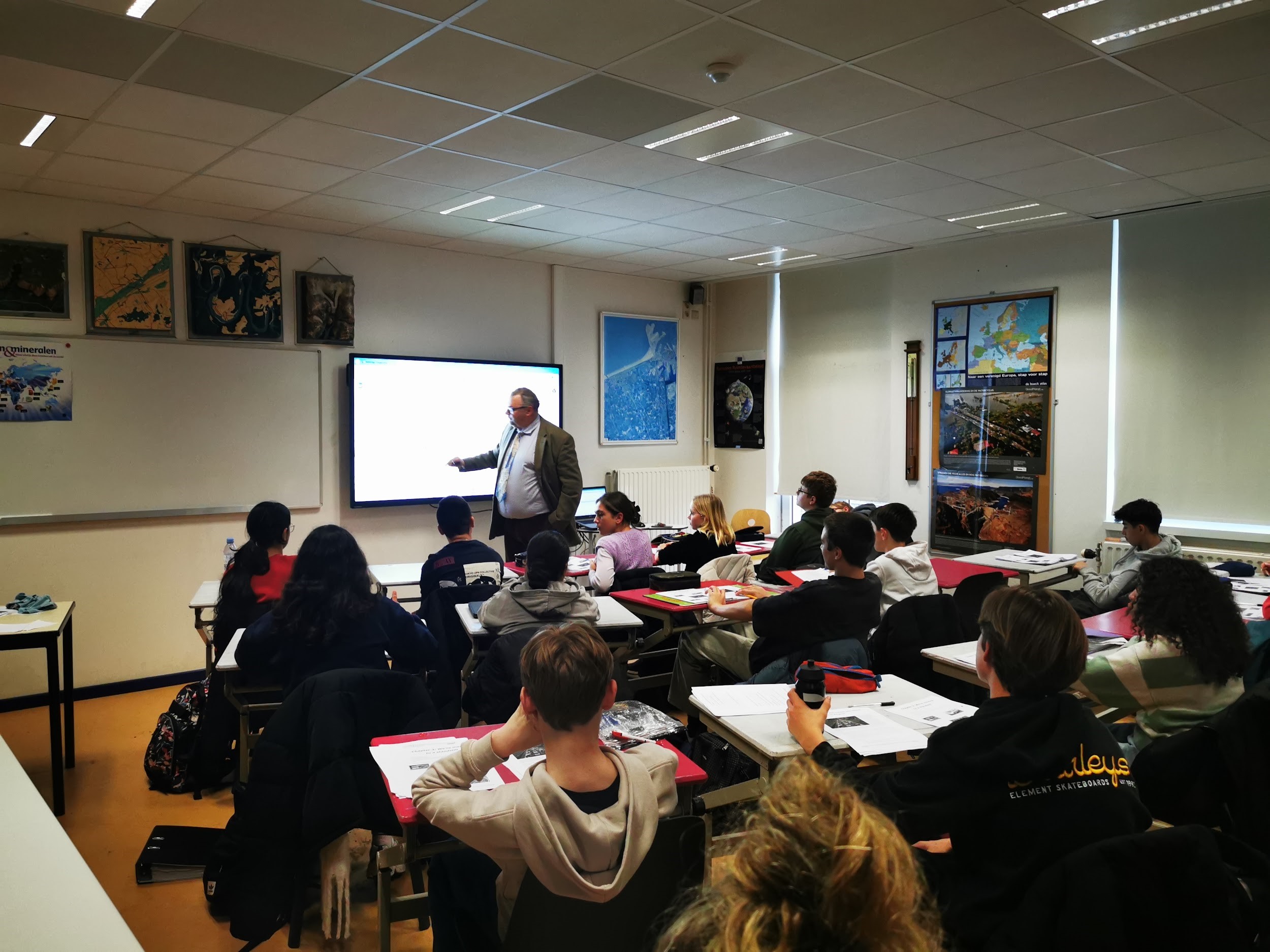
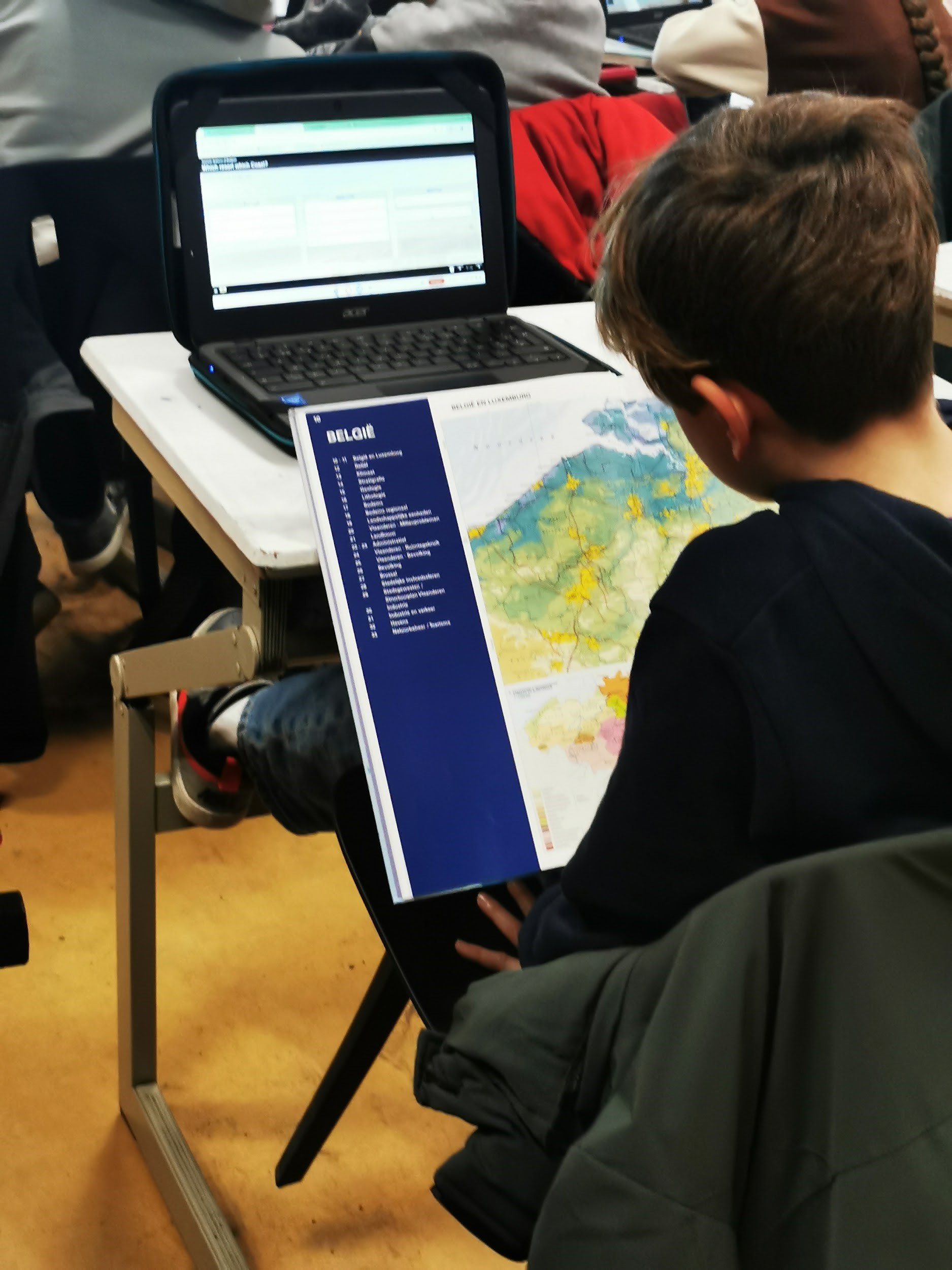


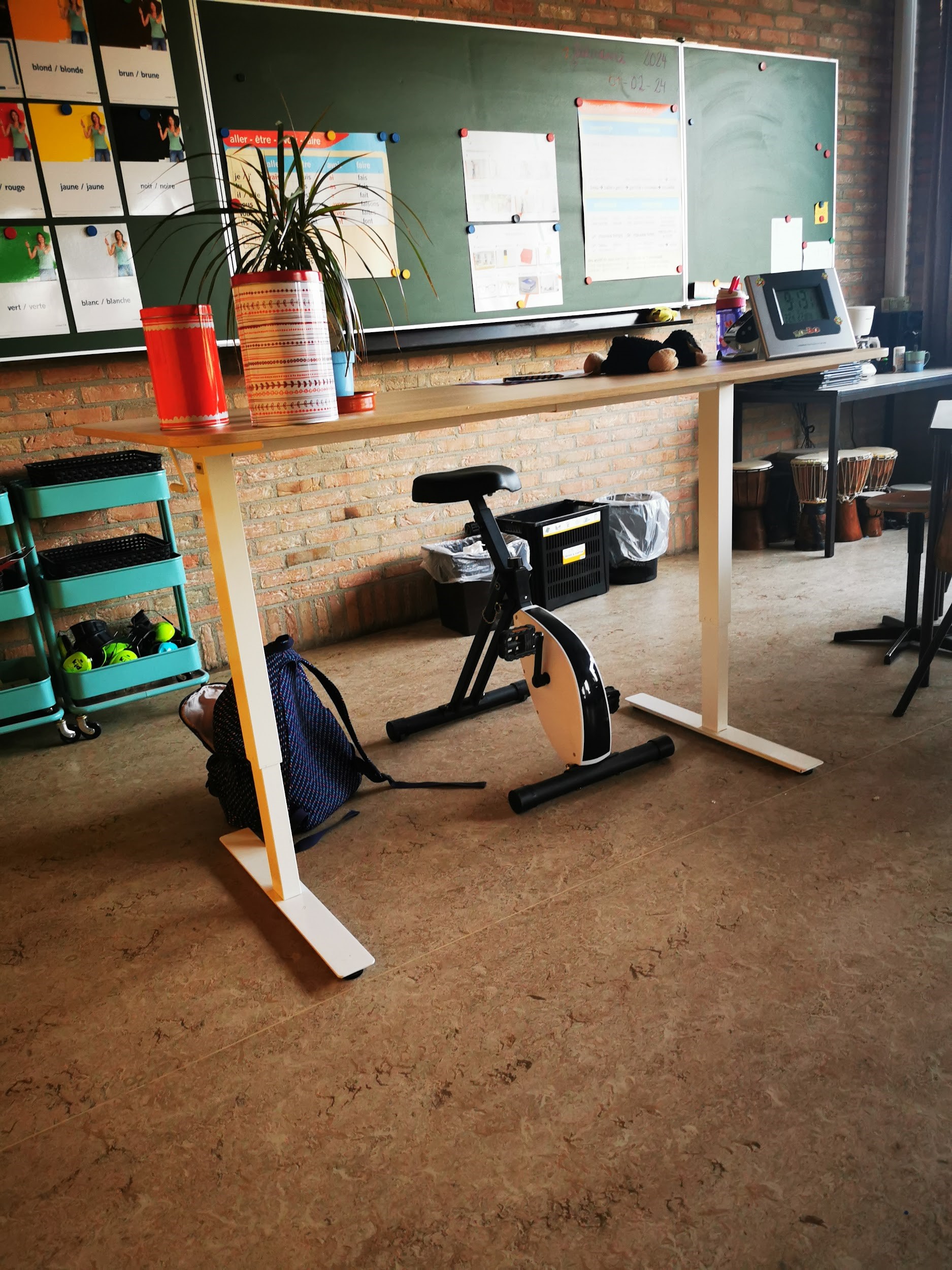



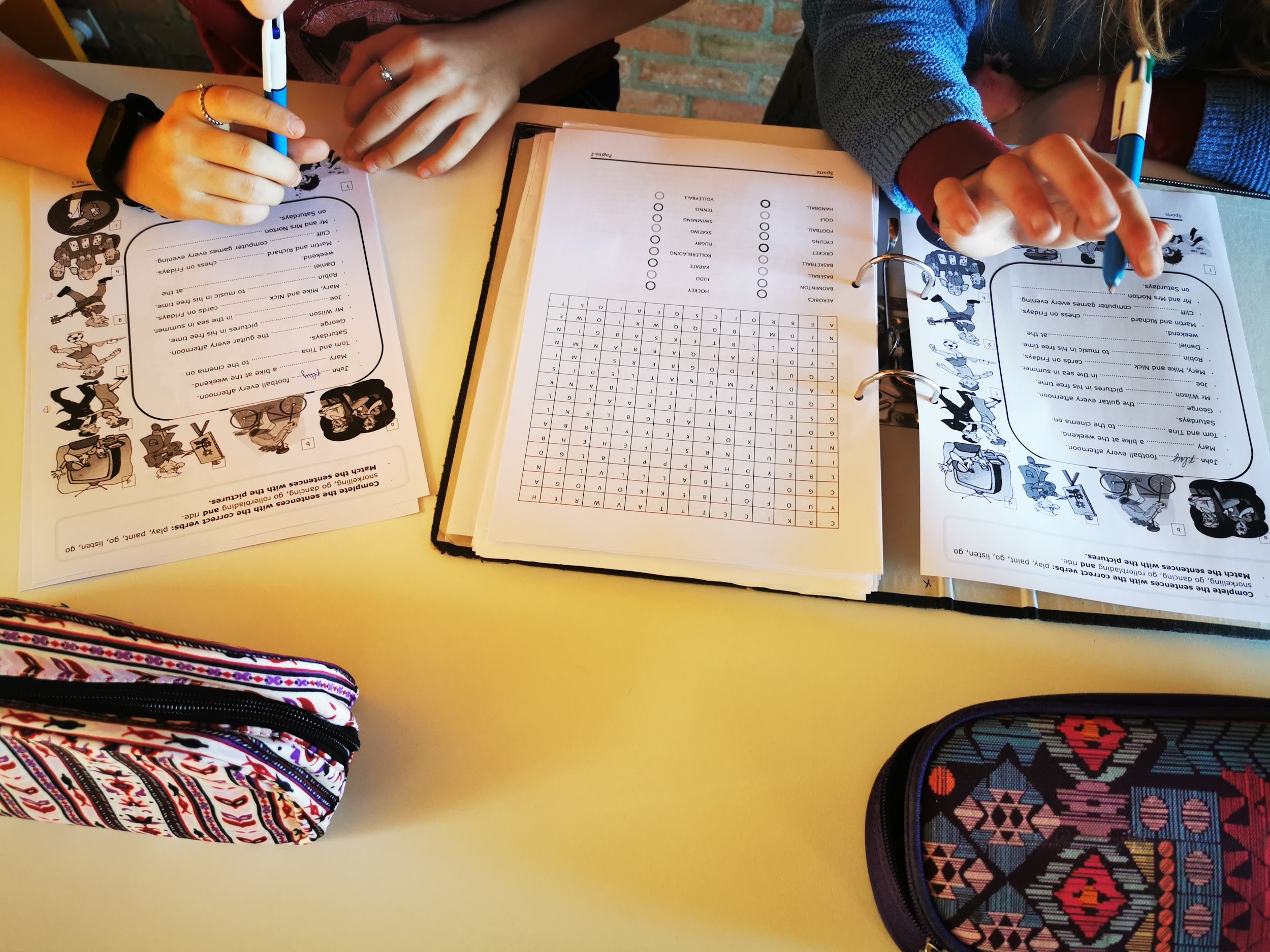
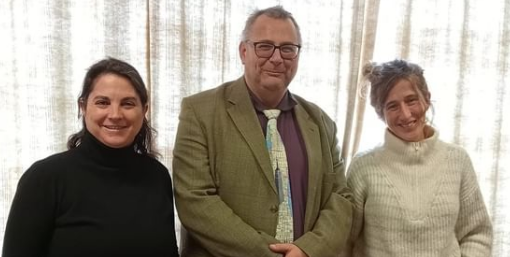





Segueix-nos!